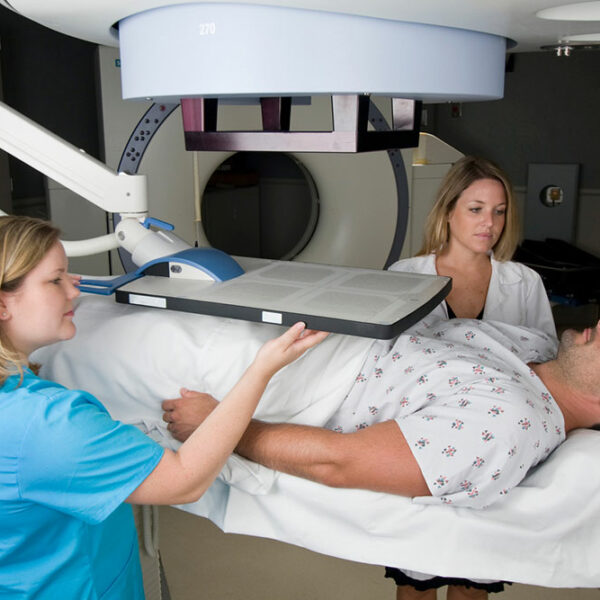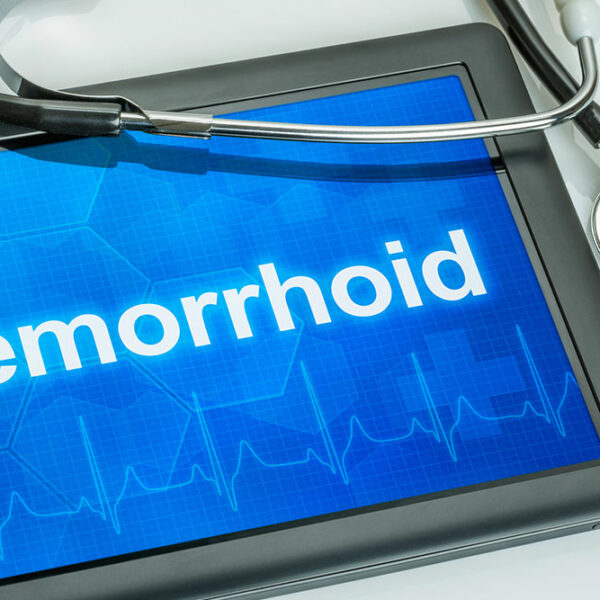
01
health
Identifying and managing spinal muscular atrophy
Spinal Muscular Atrophy (SMA) is a rare genetic disease that causes the progressive weakening of muscles in the body. This occurs due to the loss of motor neurons, which are responsible for controlling muscle movement. Depending on when the symptoms begin to appear, this condition is categorized into four distinct types, from severe to mild. Read on to find out more about this condition, its symptoms, diagnosis, and recommended treatment plans. Symptoms of spinal muscular atrophy Some of the typical symptoms of this condition include: Floppy or weak arms or legs Mobility problems, such as difficulties in standing up or walking Tremors or muscle twitching A curved spine (scoliosis) Swallowing problems Breathing difficulties Individuals with this condition experience progressive muscle weakness, which can also give rise to complications such as bone fractures, hip dislocation, pneumonia, respiratory infections, malnutrition, and dehydration. Diagnosing spinal muscular atrophy Doctors begin with a thorough physical exam along with a detailed examination of one’s healthcare history. Depending on these results, they may recommend one or more of the following: An enzyme and protein blood test to check for levels of creatine kinase. High levels of this enzyme in the bloodstream signal deteriorating muscles. A genetic test to identify problems with the SMN1 gene.

















